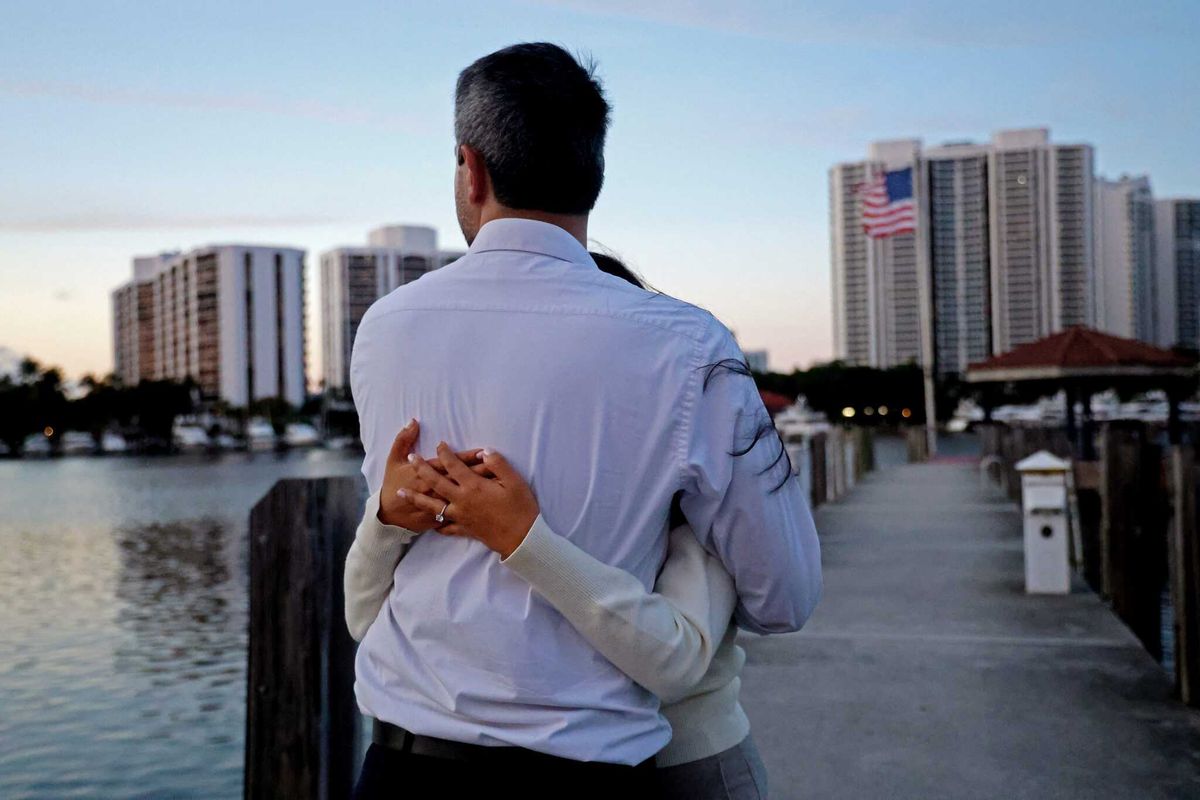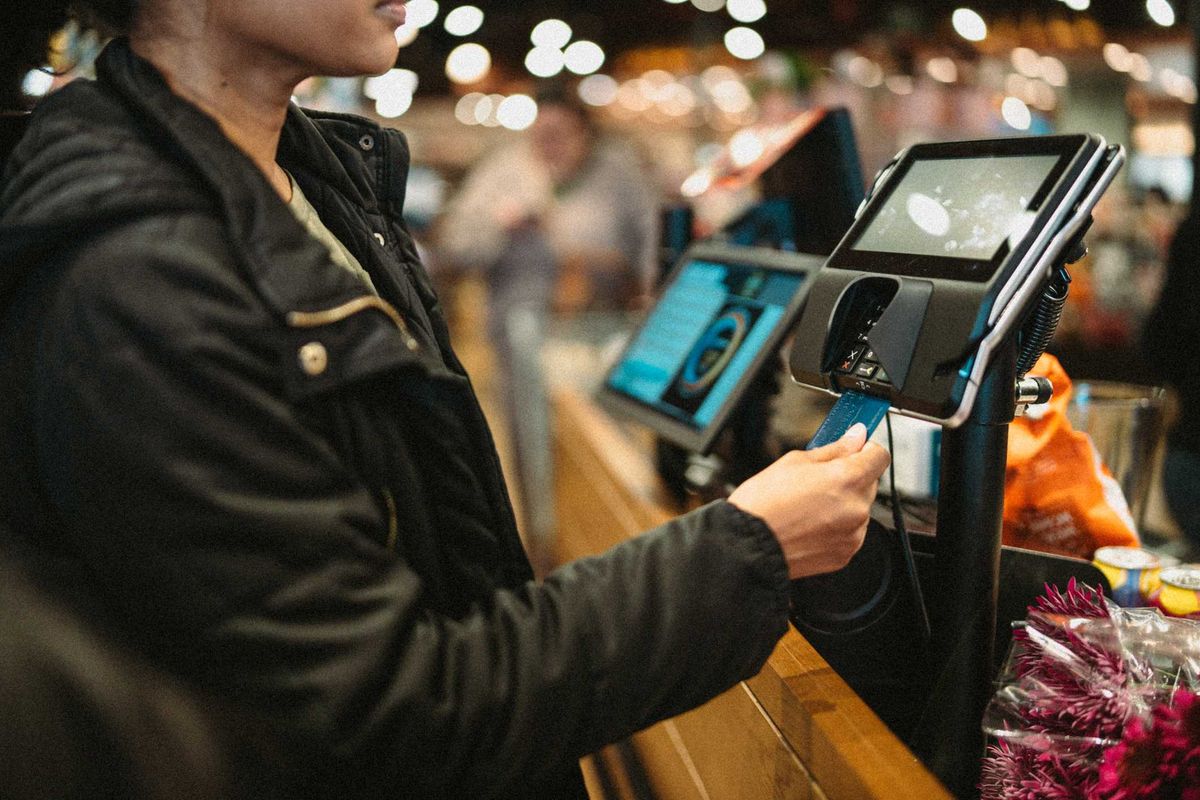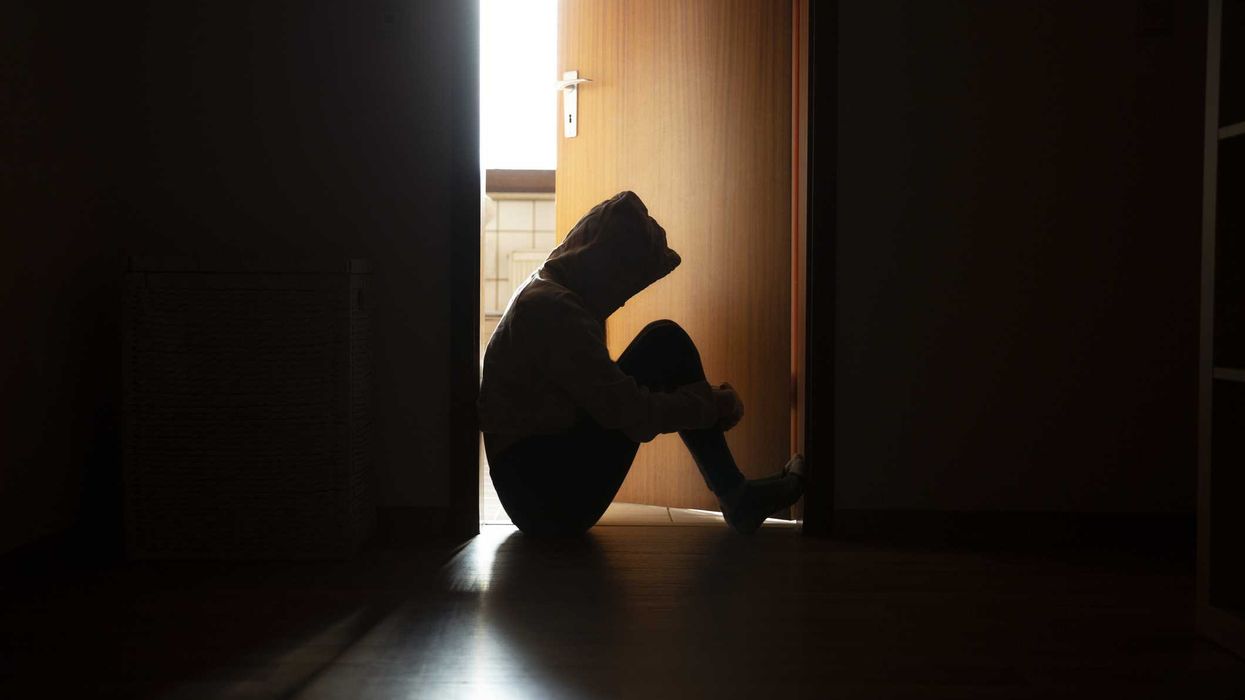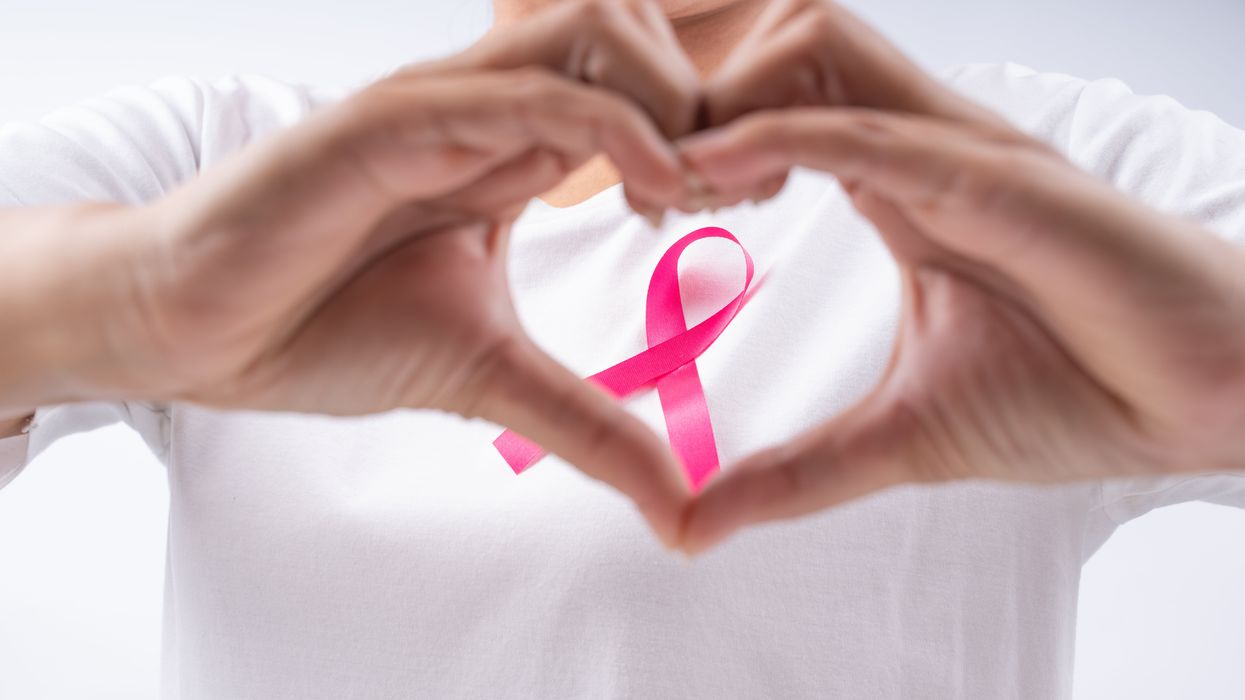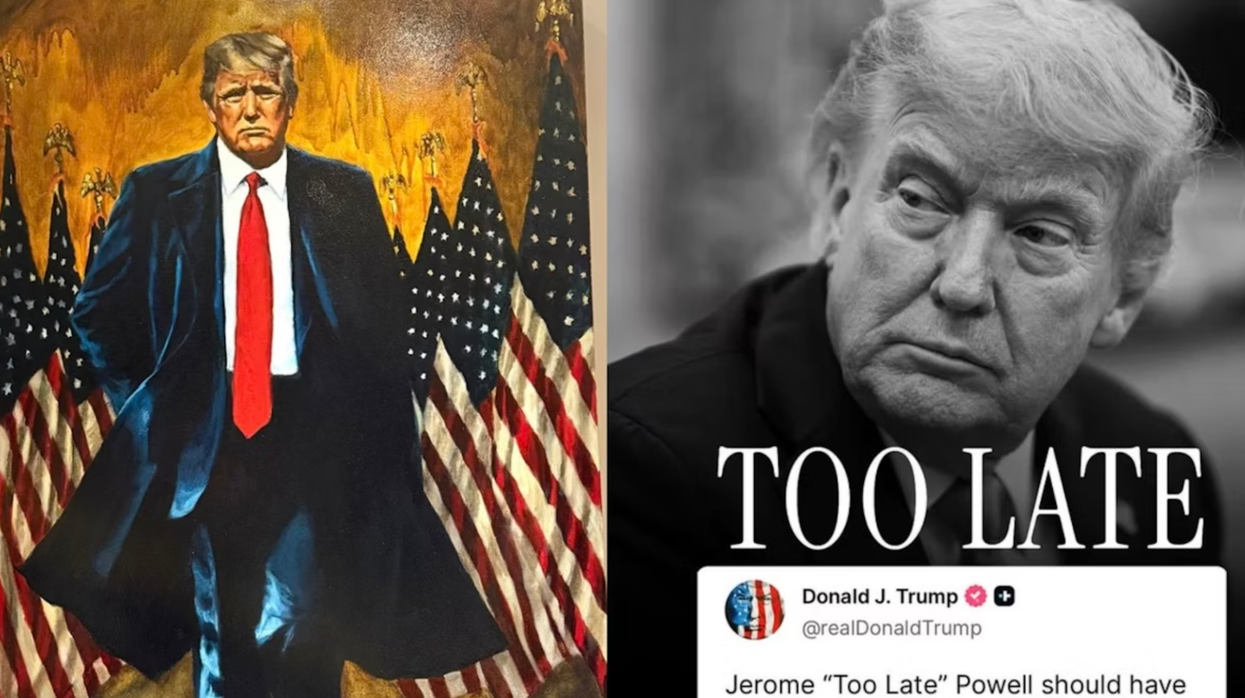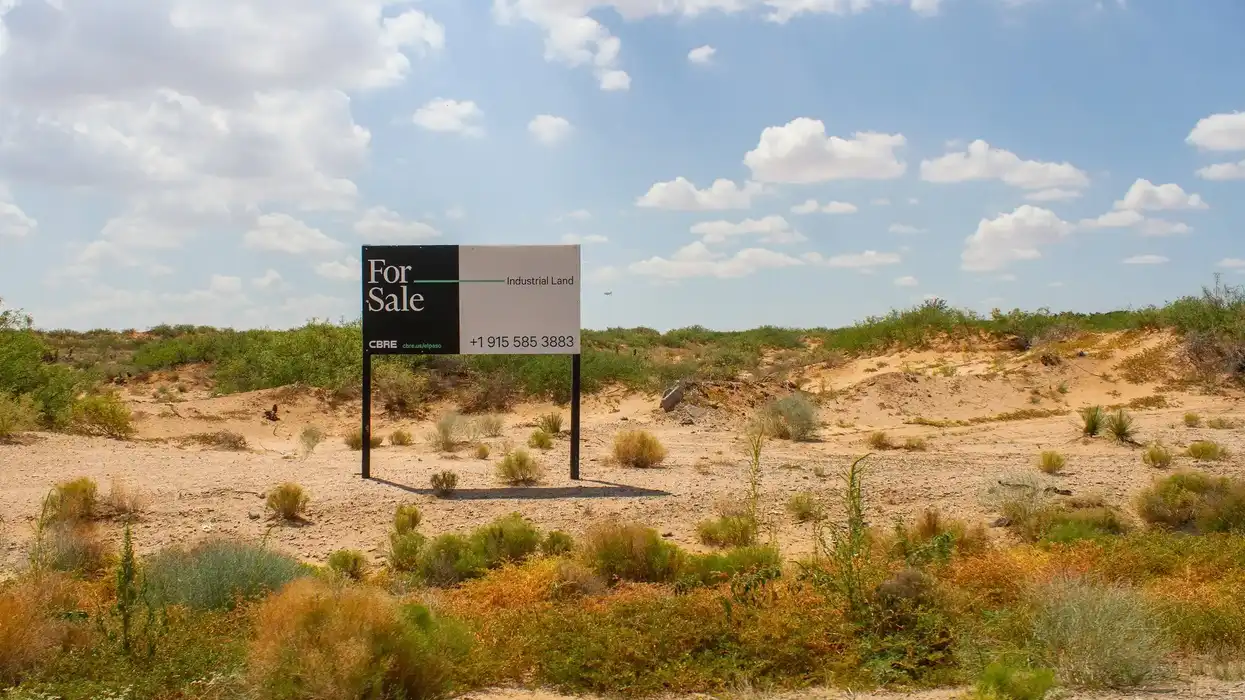Milagros Phillips, AKA the race healer, is a keynote speaker, TED Talk presenter, award-winning author with five titles, certified coach, and recipient of the 2021 New Thought Walden Award for Interfaith/Intercultural Understanding. Forbes has named her one of Today’s Innovative Leaders. Her latest book, “CRACKING THE HEALER'S CODE – A Prescription for Healing Racism & Finding Wholeness,” is a triple award winner. Milagros is the Creator of the monthly Race Literacy Lunch & Learn.
Our country lives at a time of great peril and great promise. Multiple crises challenge both the U.S. and the world. The survival of our country, our species and our planet are at stake.
The problem is that the people with the solutions often don’t have the power to implement them; and the people with the power are often unaware that solutions exist.
However, solutions do exist. Today, we offer you the first in a series of essays on critical issues of our time as an introduction to the Solutions Summit 2023 broadcast from the U.S. Capitol where solutions will be brought to the attention of decision makers at every level. This live Zoom broadcast runs from November 6th - 16th, and is free and open to those who register. Please register now here: https://solutionssummit2023.com/
Explore with us the first of a series of essays on key subjects to be explored at The Solutions Summit.
Excerpted from “CRACKING THE HEALER’S CODE”
“Being anti-racist is much needed in today’s climate. But to be anti-anything is exhausting. At some point, even the best anti-racist will need to seek healing.” —Milagros Phillips
Anti-racism work gives an understanding of the fundamental structure of our racist systems. It wakes people up to the realities of racism and its impact on Black people, Indigenous people, and People of Color, also known as “BIPOC.” Anti-racism work is much needed, but it often leaves participants stuck in guilt, shame, and anger. This prevents them from moving forward and doing the vital work needed to change our society. Remember racism is a problem for People of Color; it is not the problem of People of Color. To solve racism, the whole community needs to be involved. We can’t afford to leave anyone behind.
Anti-racism is about what is happening in our outer world. Healing racism is about staying aware of what is happening in the outer world and how it affects our inner world. Healing requires we pay attention to mind, body, spirit, and emotions and learn to manage our actions, reactions, and interactions. In healing, we do all of this while staying connected to what’s happening in the world around us. Healing racism is about remaining whole in spite of it.
Healing racism is the missing link to our current discourse on race. It uses fundamental history, science, and storytelling to weave a tapestry that connects the past to the present. Healing racism takes people through the stages of healing, which leads to awareness, connection, and action.
Healing racism gives information that leads to transformation. It creates safety for all and allows for tears and emotions, which must be expressed for healing to occur. Healing is about treating the whole being—mind, body, spirit, and emotions.
You will definitely want to be against racism to start healing by doing things like speaking out against it and believing People of Color when they tell you something is wrong. However, healing requires a different set of skills than those we have been operating under and a new, steady diet of fresh and creative ideas. Healing requires us to hold space for emotions such as anger, frustration, and pain. It requires patience. People didn’t get this way overnight, so healing will take time. It means knowing people are going to get it wrong, mistakes will be made, and, at times, we may regress. In healing racism, we know we all have triggers, not knowing what may trigger a person.
Healing work means dealing with messy emotions, and it prompts individuals to delve into those emotions rather than suppress them. It welcomes tears; it asks where in your body you are feeling those tears and what memories and family information those tears bring up for you. It requires a keen awareness of self and others and compassion for both. It requires an understanding of history to connect the past with the present. Healing is understanding how historical traumas impact us across generations.
Leaving behind the racially conditioned self requires humility, self-responsibility, and a commitment to change. Healing invites us to go through the shadow and own our share of it. Rather than see the problem as out-there, it leads us to see how we unconsciously collude with the problem. Healing requires a willingness to acknowledge the pain and do something about it. Healing involves seeing the emotional distress as a warning something needs to be done or the problem will continue and even worsen. Healing is about understanding the conditions that have led to our racial conditioning and the events, circumstances, and methods used to get us to adhere to that conditioning.
Healing gives us a foundation for our actions, reactions, and interactions. It lets us take responsibility for making the changes needed to leave behind the racialized self and embrace the oneness of the human family. It allows us to see how our unwillingness to face our shadow and its subsequent silence affects the world around us. Healing gives us techniques to calm the spirit and stay sane in a toxic environment.
Healing is worth the discomfort! On the other side of healing is our personal and collective liberation. Because healing racism is about healing our relationship to ourselves and others, those who embark on the journey find they heal other areas of their lives as well.
Questions to consider:
• Have you attended anti-racism seminars?
• Have you participated in healing racism work?
• How did it make you feel?
• Do you see a need for healing?
